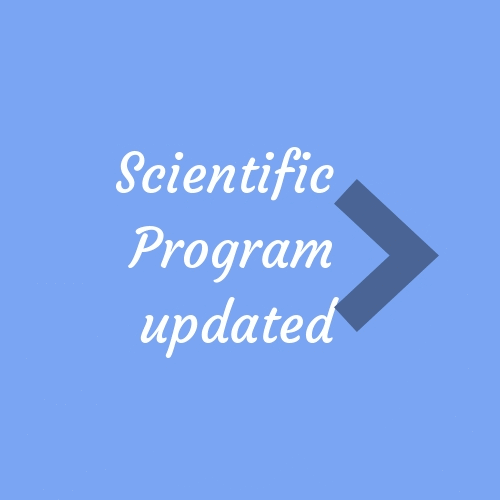
Shashi Mawar
All India Institute of Medical Sciences, India
Title: Home based management of Hypertension among elderly: Indian scenario
Biography
Biography: Shashi Mawar
Abstract
Numerous studies have identified effective evidence based strategies in the control of high blood pressure used by nurses. Good quality studies demonstrated that, use of treatment algorithms, nurse prescribing, community monitoring are effective evidence based strategies that significantly reduced both systolic and diastolic blood pressure (Clark et al., 2010; Denver et al., 2003; Kotseva et al., 2010).
Numerous studies demonstrated that nurses’ role in patient education significantly improved patients’ health lifestyle behaviors, medication adherence self-efficacy, and reduced body mass index. These are regarded as important facets for long term control of blood pressure in communities (Clark et al., 2010; Fahey et al., 2005; Glynn et al., 2010; Hacihasanoglu and Gozum, 2011).
At present in India average population served per government allopathic doctor is 11,039. Therefore nurses should be considered as intermediate strategy to manage non communicable diseases like HT using the task shifting policy to meet the human resource crisis. Nurses need to be adequately prepared for practicing the expanded roles. Such preparations must use evidence based strategies that provide nurses the opportunity to reflect on their own practices.
Hypertension control among elderly in India can be achieved by better government policies, political focus and social determinants of health such as education, development health system, proper health care financing, free or low-cost BP medicines, education for health care providers, free primary care, use of innovation in technology, collaboration with various stakeholders and patient empowerment.

